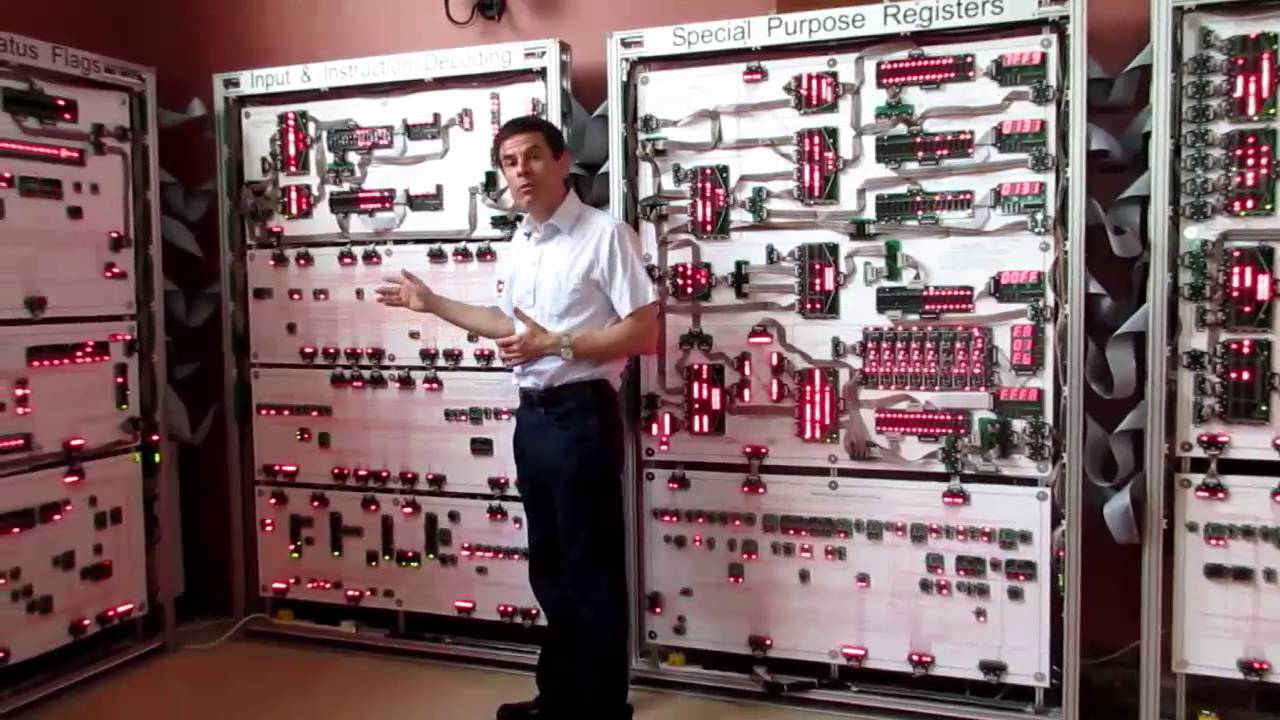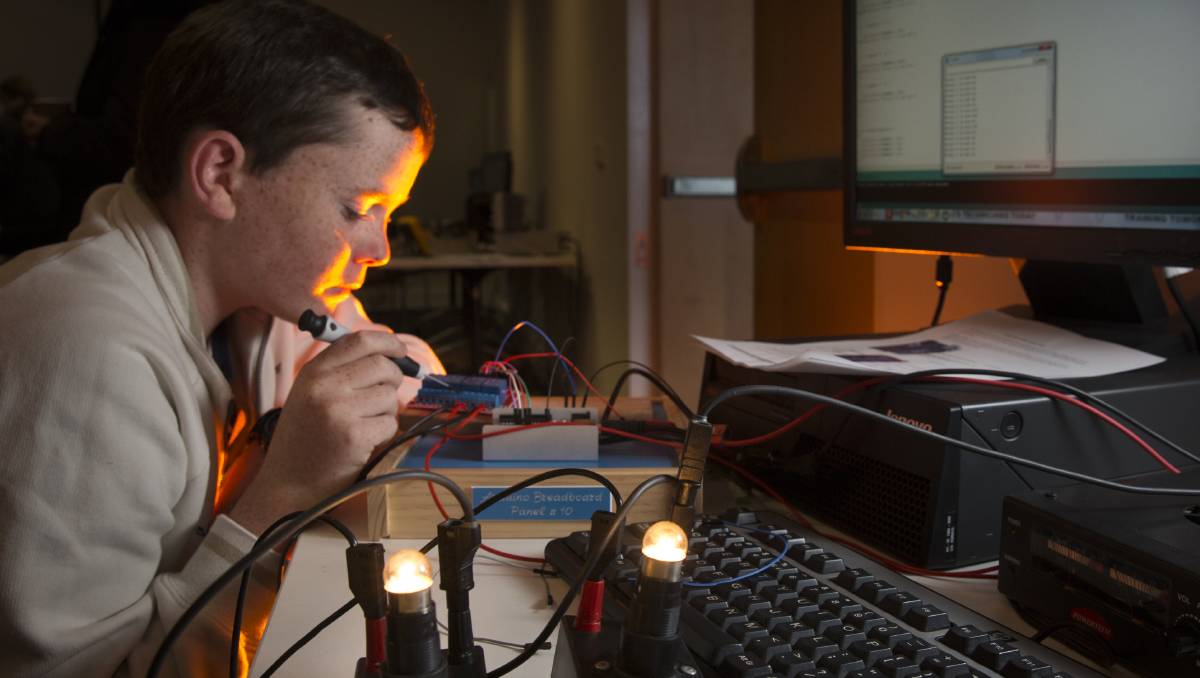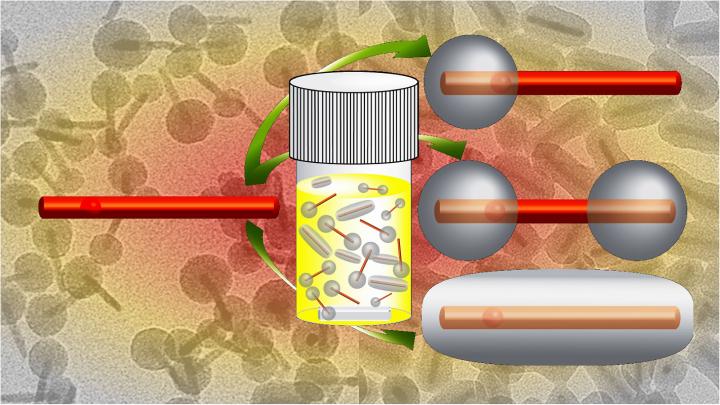Page 11064
Jul 11, 2016
BRCA mutations linked to prostate and uterine cancers
Posted by Karen Hurst in categories: biotech/medical, genetics
Personally; I have heard this several years ago from some medical researchers. Glad that more have concluded this tie.
Genetic mutations on several genes including BRCA2 have been associated with prostate cancer; while in a separate study, a BRCA1 mutation has been linked to a particular form of uterine cancer.
The first study, published in the New England Journal of Medicine, found that 12 percent of men with advanced prostate cancer had inherited mutations in genes involved in the repair of damaged DNA.
Professor Johann de Bono of the Institute of Cancer Research in London and the Royal Marsden NHS Foundation Trust, who led the study, said: ‘Our study has shown that a significant proportion of men with advanced prostate cancer are born with DNA repair mutations – and this could have important implications for patients.
Jul 11, 2016
42,300 Transistor Megaprocessor Is Complete
Posted by Karen Hurst in category: computing

Hmmm; okay.
As it turns out, the answer is not 42, it’s 42.3 — thousand. That’s how many discrete transistors spread across the 30 m2 room housing this massive computation machine. [James Newman’s] Megaprocessor, a seriously enlarged version of a microprocessor, is a project we’ve been following with awe as it took shape over the last couple of years.
Continue reading “42,300 Transistor Megaprocessor Is Complete” »
Jul 11, 2016
System controls robots with the brain
Posted by Karen Hurst in categories: computing, drones, neuroscience, robotics/AI

More update on controlling drones with BMI.
Using wireless interface, operators control multiple drones by thinking of various tasks.
Jul 11, 2016
Uploading my brain waves to the cloud, Azure IoT Hub and Emotiv brain interface
Posted by Karen Hurst in categories: drones, neuroscience
Nice read by Microsoft on their BMI efforts.
I have been reading a lot about brain interfaces and that the Tesla S can be summoned with the brain and that people have started having competitions with drones controlled by brain waves. I have recently acquired an Emotiv Insight® as shown in Figure 1 and have been doing some testing with it.
Continue reading “Uploading my brain waves to the cloud, Azure IoT Hub and Emotiv brain interface” »
Jul 11, 2016
Google Tests Post-Quantum Crypto
Posted by Karen Hurst in categories: computing, internet, quantum physics, security
Good article overall; and yes QC is still evolving. However, to state Quantum networking is in its infancy is a wrong & misleading comment. Since 2009, Quantum Internet has been in beta at Los Alamos Labs. And, researchers will tell you that QC development can as far back as 1970s and the first official QC was introduced in 2009 when the first universal programmable quantum computer was introduced by University of Toronto’s Kim Luke.
Google has launched a two-year Chrome trial aimed at safeguarding the Internet against quantum computers, which security experts predict will shred all data.
Jul 11, 2016
Finding the human in robots
Posted by Karen Hurst in categories: computing, drones, education, robotics/AI
Personally, I would love to see a majority of the elementary schools expose more children to robotics, Biocomputing, etc.
DRONE technology and other burgeoning fields beckon for Hunter kids.
Jul 11, 2016
Researchers develop faster, precise silica coating process for quantum dot nanorods
Posted by Karen Hurst in categories: mobile phones, nanotechnology, quantum physics
Faster and better method around Q-dots development which ultimately extends the quality of Quantum Dots plus mass production of Q-Dots is much faster through this new method. Hoping this causes the costs of new cameras, phone displays, monitors/ video displays are now able to be created more cheaply and in larger quantities.
Materials researchers at North Carolina State University have fine-tuned a technique that enables them to apply precisely controlled silica coatings to quantum dot nanorods in a day — up to 21 times faster than previous methods. In addition to saving time, the advance means the quantum dots are less likely to degrade, preserving their advantageous optical properties.
Quantum dots are nanoscale semiconductor materials whose small size cause them to have electron energy levels that differ from larger-scale versions of the same material. By controlling the size of the quantum dots, researchers can control the relevant energy levels — and those energy levels give quantum dots novel optical properties. These characteristics make quantum dots promising for applications such as opto-electronics and display technologies.
Jul 11, 2016
Our universe could be reborn as a bouncing baby cosmos
Posted by Karen Hurst in categories: cosmology, physics
A new model shows how the universe could survive a “big bounce” rather than a big bang, without the need for complex new physics.
Jul 11, 2016
Eight new research units, 1 new clinical research unit
Posted by Karen Hurst in categories: biotech/medical, innovation
The Deutsche Forschungsgemeinschaft (DFG, German Research Foundation) will set up seven new Research Units and one new Clinical Research Unit. This was decided by the Senate of the DFG in its summer session during the DFG Annual Meeting in Mainz. In addition to the already established Units, another Research Unit is now in a position to start work. This Unit is funded jointly by the DFG and the Austrian Science Fund (FWF). The DFG Senate had already supported this Unit in March 2016 and approval has now been obtained from the Austrian partner organisation.
The research collaborations will offer researchers the possibility of pursuing current and pressing issues in their research areas and establishing innovative work directions. Clinical Research Units are also characterised by the close connection between research and clinical work. The maximum funding duration of Research Units and Clinical Research Units is two periods of three years. In the initial funding period, the nine new groups will receive approximately €23 million in total. As a result, the DFG will be funding a total of 190 Research Units and 19 Clinical Research Units.
The new Research Units.
Continue reading “Eight new research units, 1 new clinical research unit” »















